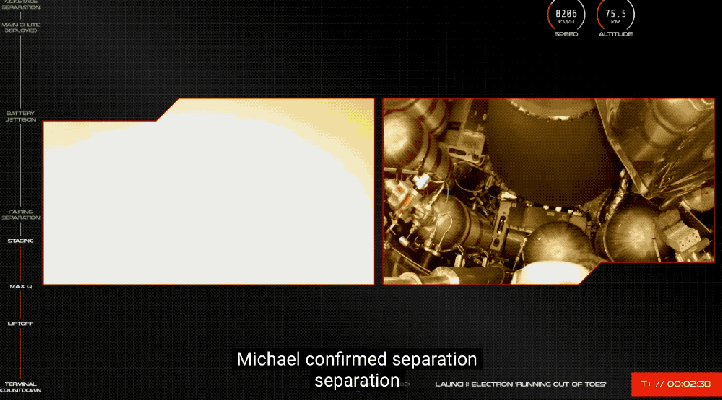
Rocket Lab flew the truck cover’s 20th Electron mission on Saturday morning, but the launch walked into a significant issue right after its second stage core ignited. The engine appeared to shut down just after the feu, which is not what it’s supposed to do, and which is likely a result of an automated emergency shutdown plan that would trigger in case of a process failure. Rocket Lab validated that the issue happened after the ignition of the the next phase stage and resulted in losing the vehicle and its payload.
The company last encountered a mission failure in July 2020, when the vehicle and its payloads on Rocket Lab’s 13th Electron flight were lost after an engine failure that occurred during the second stage burn. That issue similarly resulted from a triggered safety shutdown, meaning that while the rocket and its cargo didn’t explode, the spacecraft simply stopped operating, but didn’t reach its target orbit or release its payload.
This flight, called “Running Out of Toes,” was Rocket Lab’s third this year, and a paid, dedicated launch for customer BlackSky, meant to deliver an Earth observation satellite for that company to help power its global monitoring and intelligence platform. This mission profile also included a key test of Rocket Lab’s rocket reusability program, with a planned recovery of the first-stage booster used in the Electron vehicle that carried the satellite to space.
This was also the second time that Rocket Lab performed a rocket recovery, after picking one up post-launch back in November. The company implemented a lot of improvements for this second try, including upgrades to Electron itself, with a better thermal protection system and upgraded heat shield to protect the Rutherford engines that power the booster, which are designed to help the final reusable design keep those in good shape for future reuse post-recovery.
Rocket Lab issued < a href="https://www.rocketlabusa.com/about-us/updates/rocket-lab-experiences-anomaly-during-launch"> a statement later on Saturday noting that the second stage of treatment “remained within the predicted establish corridor” after its safeguard shutdown, and won’t advertise any risk to the the general public or its teams. Firm also noted that the first off stage splashdown did occur as planned, and that the restoration team is on websites in the Pacific Ocean to get back the booster, so that extra aim of the mission may look like on track for success, at least.
This anomaly will now result in an investigation in to the contributing factor, which will be required before Drive Lab returns to voyage in order to ensure future missions don’t fall prey toward the same issue.






